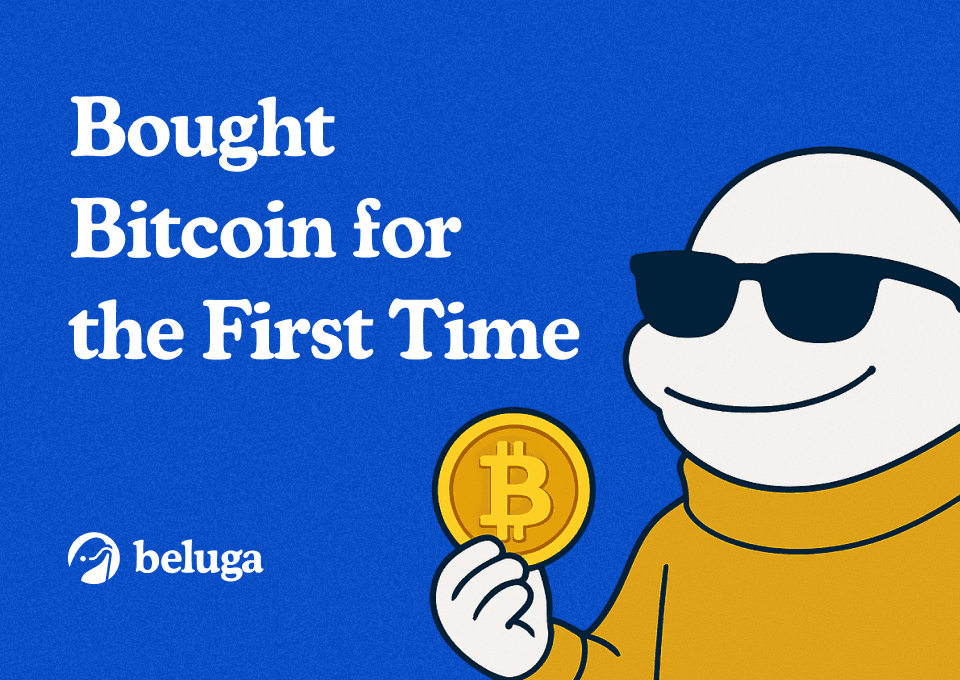How Linera is Building Upon the FastPay Vision to Enable the Future of Blockchain Scaling
By Will McKinnon Updated May 12, 2025

Summary
- A paper from Meta co-authored by Linera founder Mathieu Baudet in 2020 outlines the framework for FastPay, a novel blockchain design aiming to scale infinitely.
- Through the use of microchains, Linera is able to eliminate the mempool and achieve theoretically infinite horizontal scaling.
Introduction
After hundreds of L1 launches and what seems like an endless supply of L2’s, many crypto participants have been asking themselves: “Do we really need another Layer 1?” Perhaps the answer here is not to just make another chain, but instead to design a novel blockchain framework that solves the blockchain trilemma of security, scalability and decentralization in a better manner than the existing alternatives. In comes Linera, an upcoming L1 in its second testnet phase which introduces the concept of microchains to enable a network that can theoretically scale infinitely.
The research that makes this possible builds upon the work done by Meta with FastPay, a paper co-authored by Linera founder Mathieu Baudet. In this article we’ll explore the building blocks laid by FastPay, and more importantly how Linera has developed those concepts into a cutting-edge blockchain which delivers Web2-like speeds without making decentralization and security tradeoffs.
What was FastPay’s Major Breakthrough?
In 2020, a paper titled “Fastpay: High-Performance Byzantine Fault Tolerant Settlement” was published by Meta’s Novi division and outlined the design of a global payments network which could offer up to 80,000 transactions per second (TPS) with settlement done in crypto. For context, the most popular current global settlement network is VisaNet, which is capable of handling up to 65,000 TPS. While for years crypto participants have dreamed of building a network that would eclipse Visa’s business, the concept has become all the more real this year as for the first time onchain stablecoin transactions exceeded the volume done by Visa Payments. In other words, we have the volume, now we need the infrastructure to enable it.

FastPay, while not ever fully released as a public product, was one of the first attempts at designing a blockchain-enabled payments network that would be able to sustain the future demand of a globally-used system. The core breakthrough FastPay made was designing a blockchain system which was able to eliminate the mempool, a feature formerly seen as a necessity for a decentralized blockchain as a mechanism to manage pending transactions. While mempools are a helpful tool for this, they come with their own drawbacks, namely that transactions are pending in the first place – if a system is meant to deliver real-time settlement for transactions, those same transactions obviously can’t be waiting in line to process. Instead of a mempool, FastPay introduced the ability for authorities (what we would call validators in crypto) to scale horizontally and let active users submit and confirm their transactions in parallel, via what are now known as microchains. This would theoretically allow for the parallel processing of an unbounded number of transactions, provided the physical infrastructure is there to support it.
How does Linera Solve for Scalability?
Existing non-monolithic networks, such as Ethereum and its L2’s, look to solve the scalability problem through the use of rollups. The issue here is that rollups come with their own baggage and tradeoffs, and most of these types of chains still rely on mempools for transaction processing. Zero-Knowledge (ZK) rollups have once again become popularized recently due to entities like ZKSync, yet the computation required to generate the underlying ZK proofs and the fact that it still takes time to generate enough transactions to fill the bundle submitted to the Layer 1 make it difficult to achieve true scale.
Linera takes the principles of FastPay and broadens the scope of potential applications, resulting in a blockchain network able to handle the same transaction load with the added benefit of smart contract functionality. What makes all this possible is the aforementioned microchain architecture, which in essence turns the user accounts from FastPay into individual chains able to operate on the same standardized validator set. Importantly, Linera is the only extension of FastPay that makes it programmable, notably while retaining the asynchronous messaging protocol.
Wrapping Up
While we haven’t seen Linera’s mainnet yet, the technological advancements made by their existing testnet have already attracted attention from the market. By building upon the framework laid out by Linera founder Mathieu Baudet and his former colleagues at Meta, Linera introduces novel cryptographic architecture which aims to bring the infinite scaling of Web2 to Web3. With one successful testnet under their belt and the recent launch of Babbage, Linera is already making a name for itself among developers and users alike for the real-time speed it offers. If you’re curious to dive deeper into the concepts pioneered by Mathieu Baudet and his team at FastPay, you can find their original paper here.
Ready to learn more? Explore Linera’s whitepaper or join their Discord and Twitter to stay updated!
Disclaimer: Beluga has a marketing partnership with Linera.io
Join the Beluga Brief
Dive deep into weekly insights, analysis, and strategies tailored to you, empowering you to navigate the volatile crypto markets with confidence.
Never be the last to know
and follow us on X








